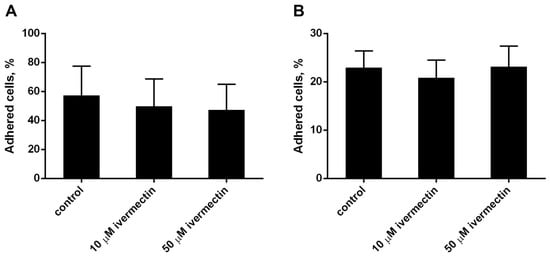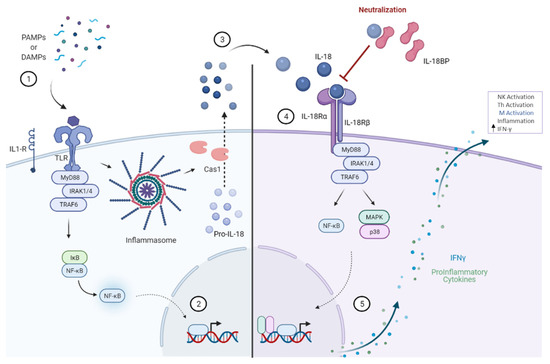Feature Papers in Immunology and Immunotherapy
A topical collection in Biomedicines (ISSN 2227-9059). This collection belongs to the section "Immunology and Immunotherapy".
Viewed by 10357Editors
Interests: neutrophils; leukotrienes; inflammation; apoptosis; oxidative stress
Special Issues, Collections and Topics in MDPI journals
Interests: regulatory T cells; immune dysregulation; COVID-19; cellular therapy; CAR-T cell generation
Special Issues, Collections and Topics in MDPI journals
Interests: photobiology; photoimmunology; phototherapy; targeted therapies; photobiomodulation; wound healing; basic sciences
Special Issues, Collections and Topics in MDPI journals
Topical Collection Information
Dear Colleagues,
Immune dysregulation is an important component of the pathophysiology of many diseases. Fine-tuning the immune response to stimulate innate and adaptive immunity while suppressing systemic inflammation may be the key to success in the treatment of many diseases, including COVID-19 during the pandemic.
Immune dysregulation could emerge from every component of the immune system. The innate immune system acts as the first line of defense, and knowledge of the processes involved in recognizing foreign agents is essential for therapeutic strategies for the effective destruction of pathogens and the prevention of excessive immune activation. On the other hand, immunological memory is a unique feature of adaptive immunity against foreign agents and tumorigenic cells, and has been influential in inducing tolerance. All immune regulatory mechanisms work to protect the immune system from pathogens and tumors, and maintain tolerance to self. Still, failure in one or a few of its components could be vital for patients. Moreover, immunotherapy has emerged to be key in restoring homeostasis.
There is a wide range of immunotherapeutic approaches. Allergen-specific immunotherapy, immune checkpoint blockade, and immune cells therapies with unmodified or genetically modified cells have produced remarkable clinical results in patients with many different pathologies. Immunotherapy in cancers has become a hotly contested topic; however, this type of research has opened the door for therapy’s development in many diseases. In this Topical Collection, we plan to collect studies that describe the immune system dysregulation behavior and explore new cutting-edge research on immunotherapies.
Dr. Galina F. Sud’ina
Dr. Marjorie Pion
Dr. Stefano Bacci
Collection Editors
Manuscript Submission Information
Manuscripts should be submitted online at www.mdpi.com by registering and logging in to this website. Once you are registered, click here to go to the submission form. Manuscripts can be submitted until the deadline. All submissions that pass pre-check are peer-reviewed. Accepted papers will be published continuously in the journal (as soon as accepted) and will be listed together on the collection website. Research articles, review articles as well as short communications are invited. For planned papers, a title and short abstract (about 100 words) can be sent to the Editorial Office for announcement on this website.
Submitted manuscripts should not have been published previously, nor be under consideration for publication elsewhere (except conference proceedings papers). All manuscripts are thoroughly refereed through a single-blind peer-review process. A guide for authors and other relevant information for submission of manuscripts is available on the Instructions for Authors page. Biomedicines is an international peer-reviewed open access monthly journal published by MDPI.
Please visit the Instructions for Authors page before submitting a manuscript. The Article Processing Charge (APC) for publication in this open access journal is 2600 CHF (Swiss Francs). Submitted papers should be well formatted and use good English. Authors may use MDPI's English editing service prior to publication or during author revisions.
Keywords
- immunity
- pathogens
- inflammation
- immunological memory
- autoimmunity










